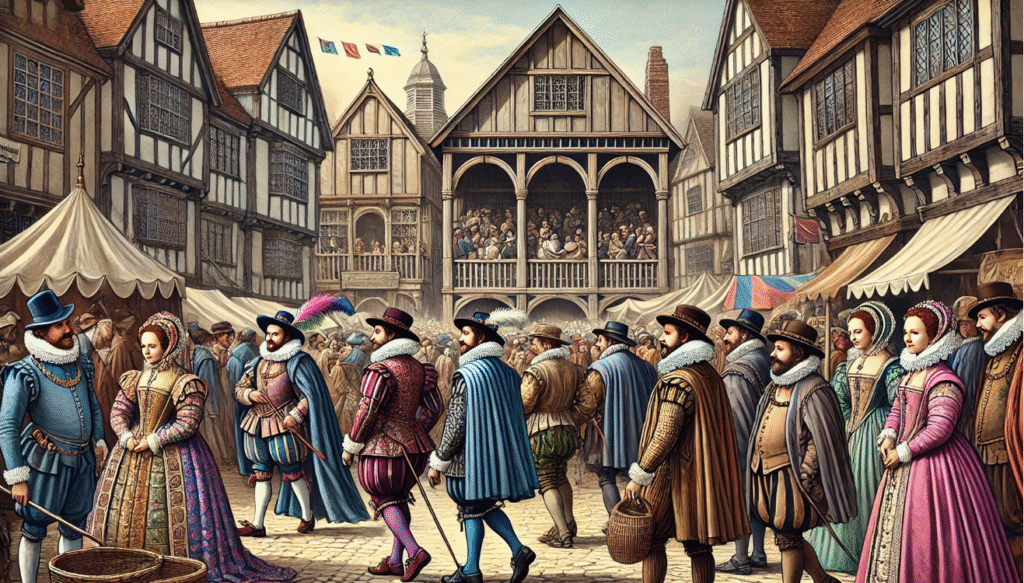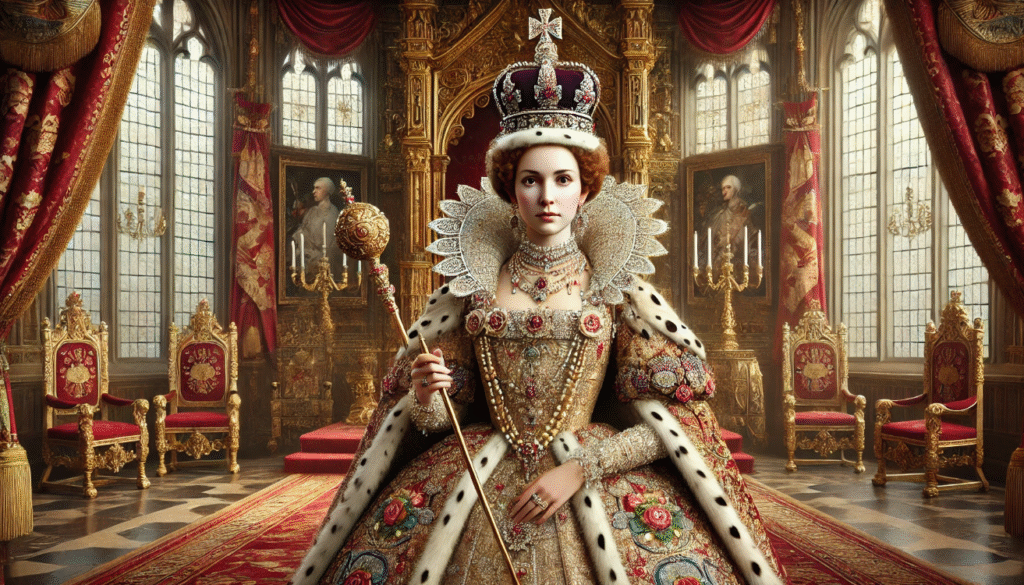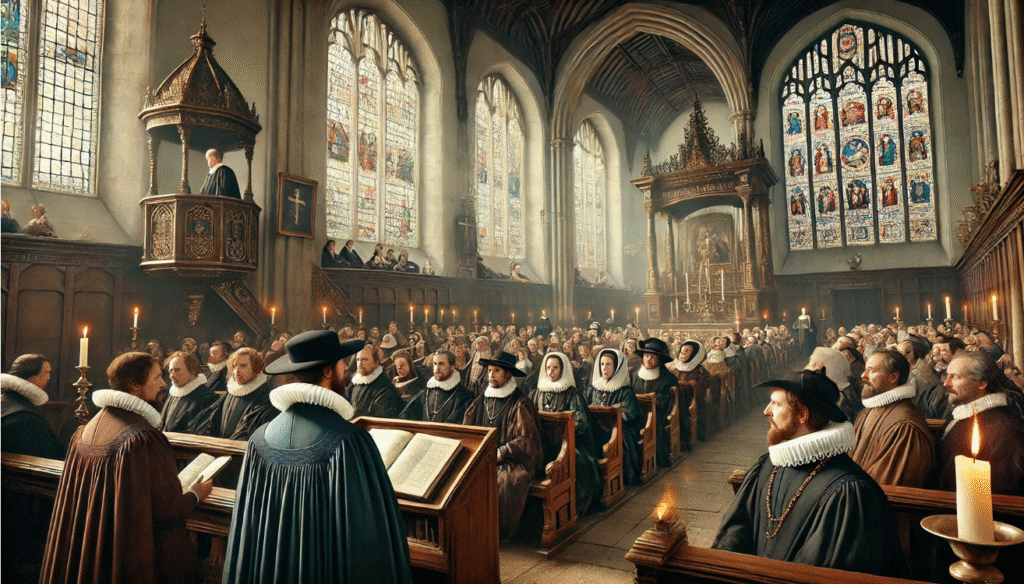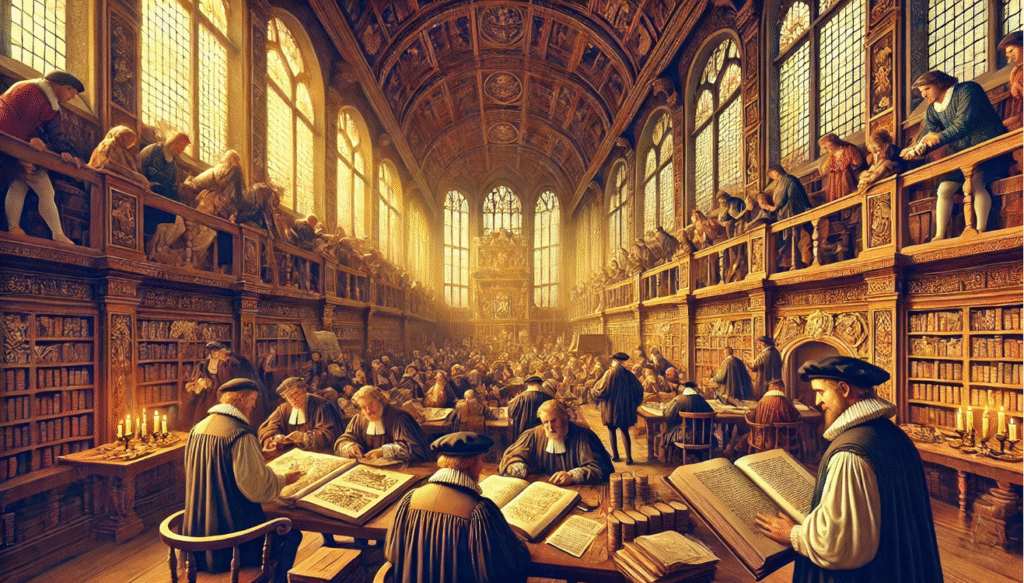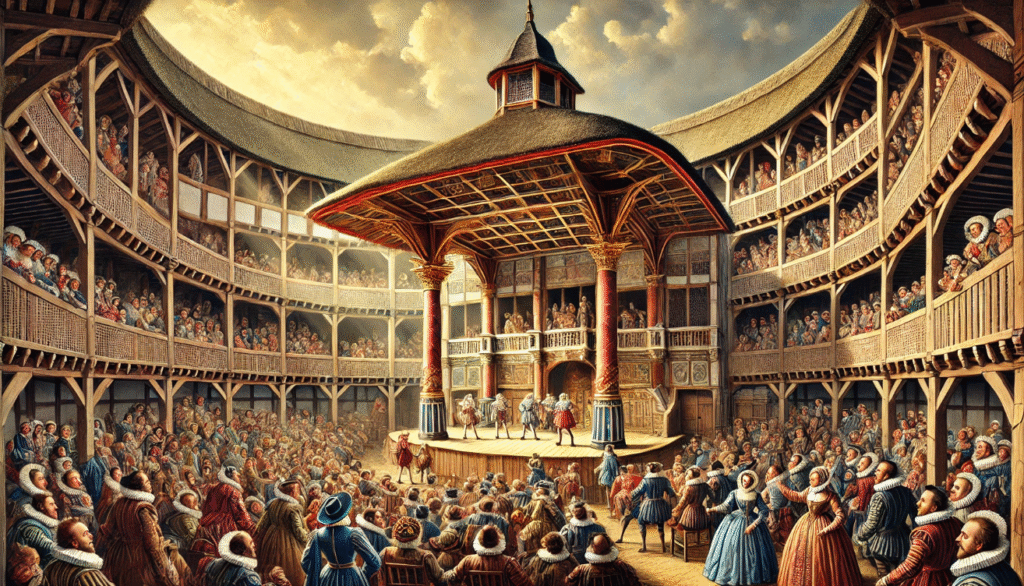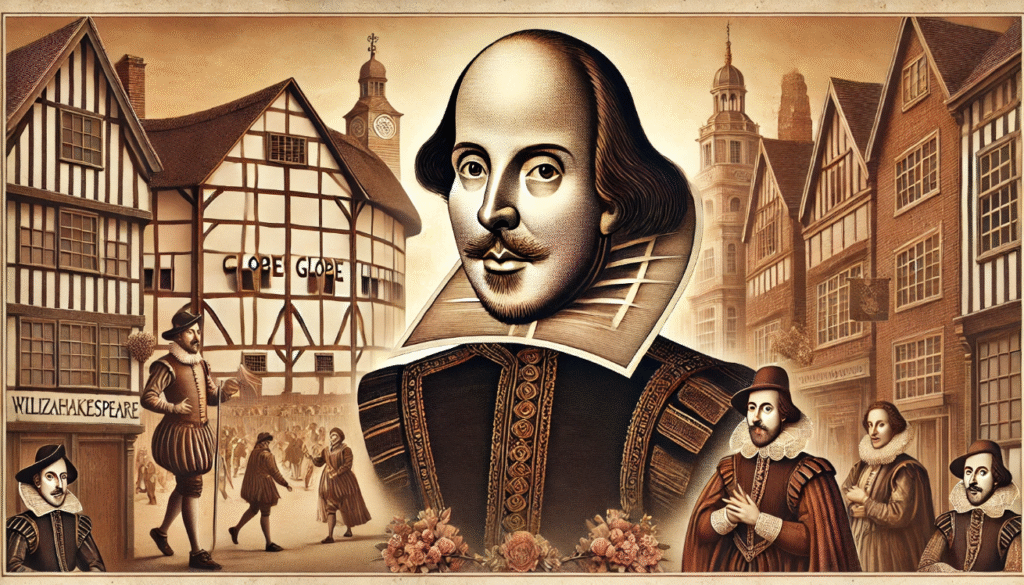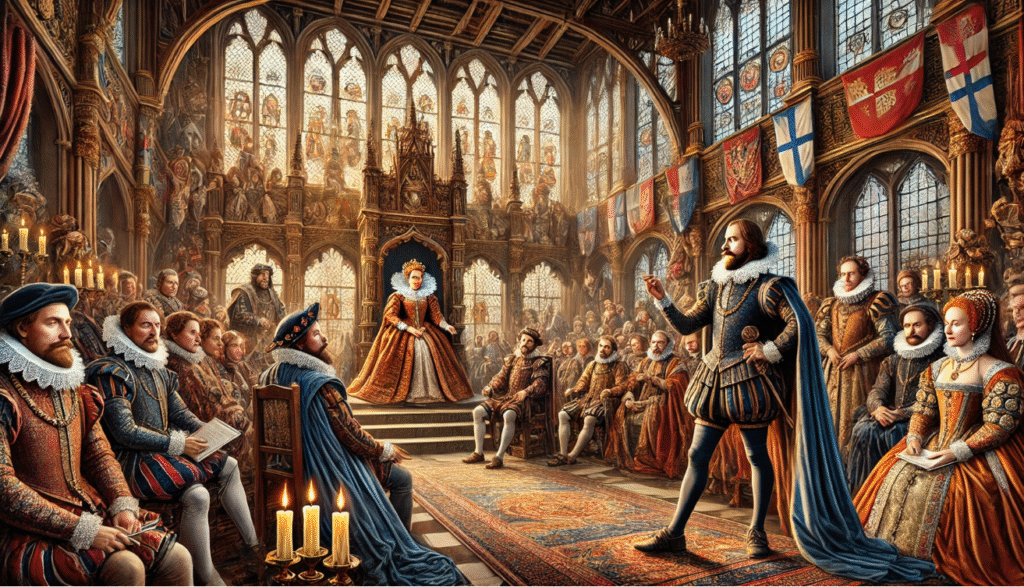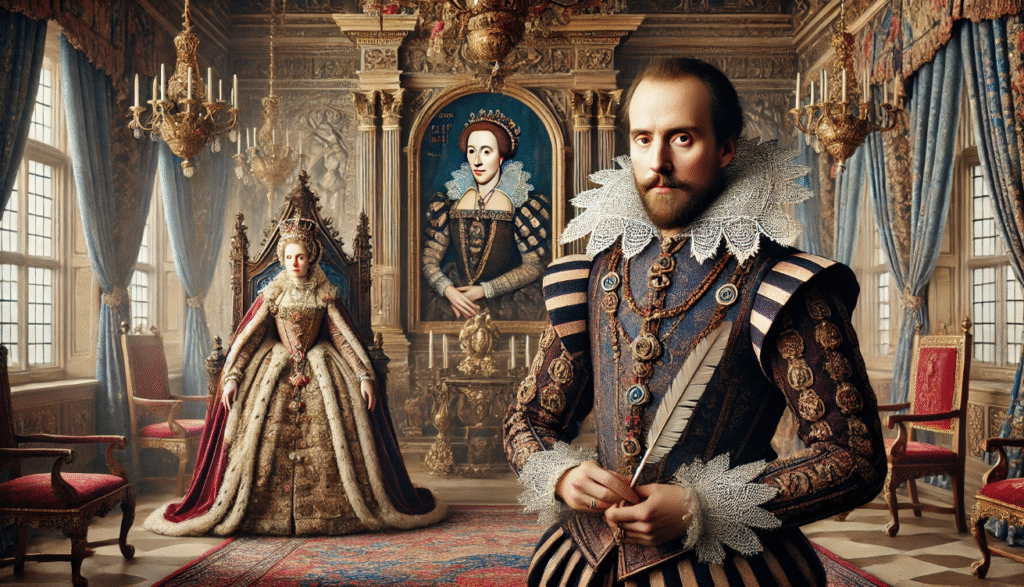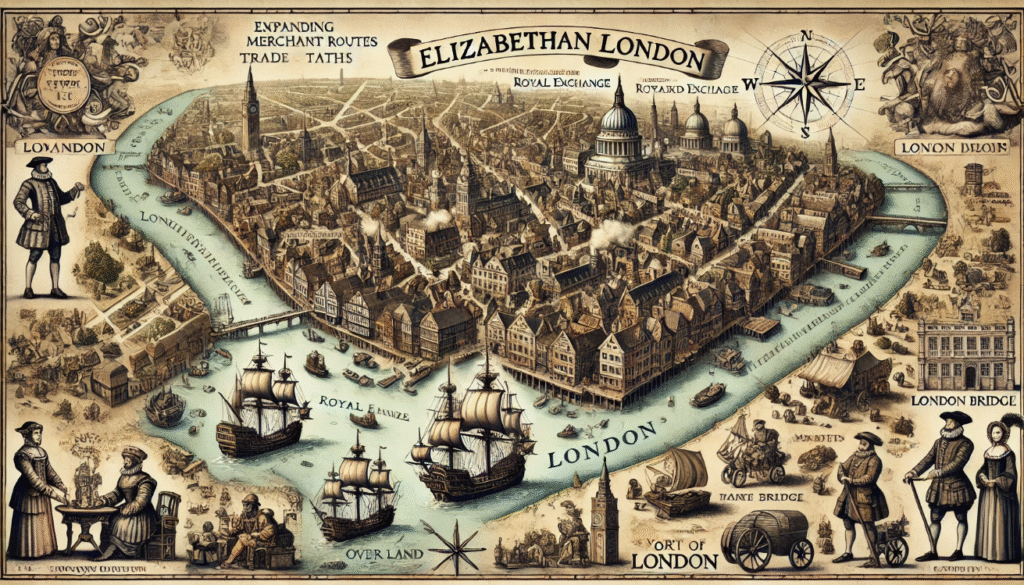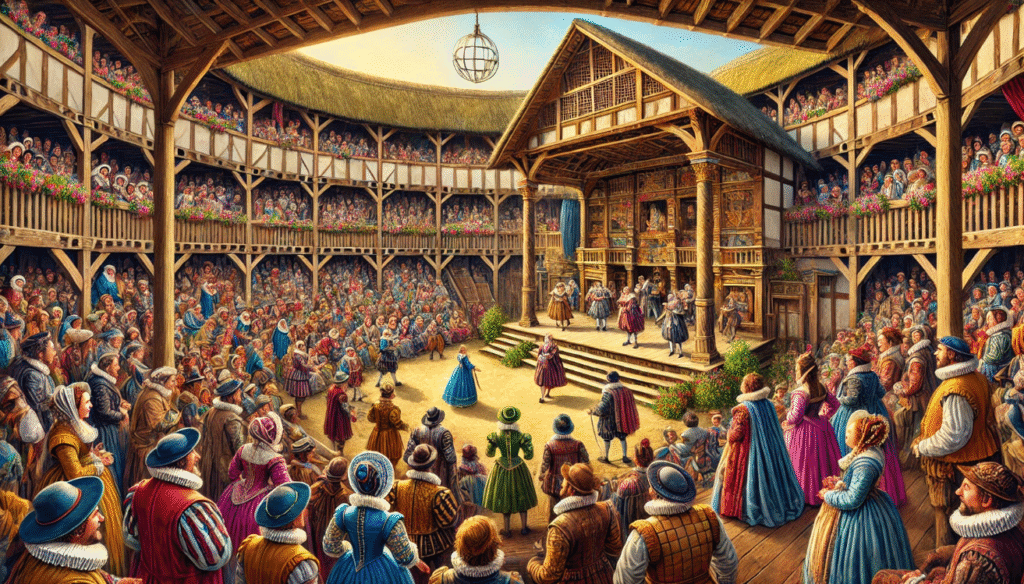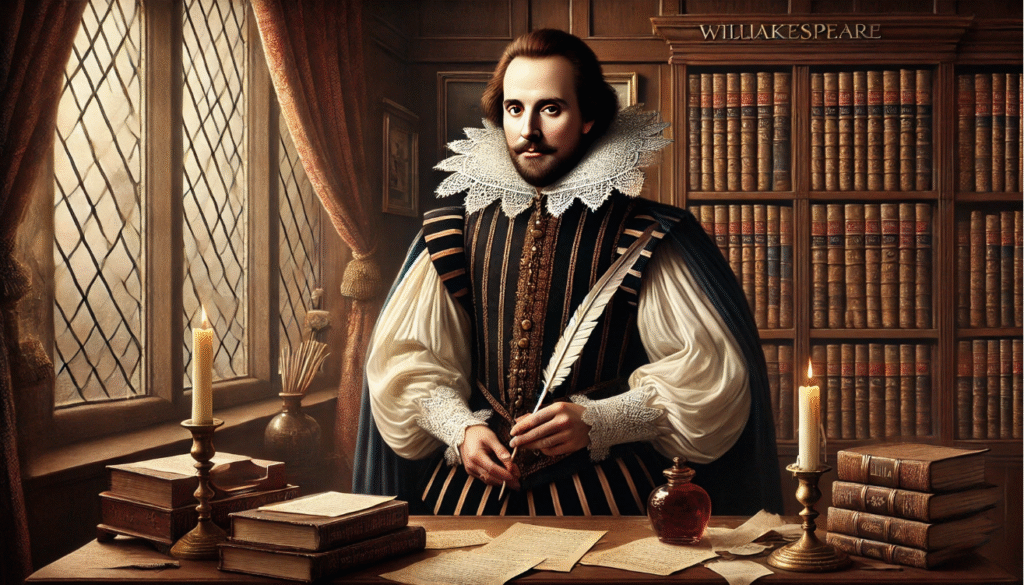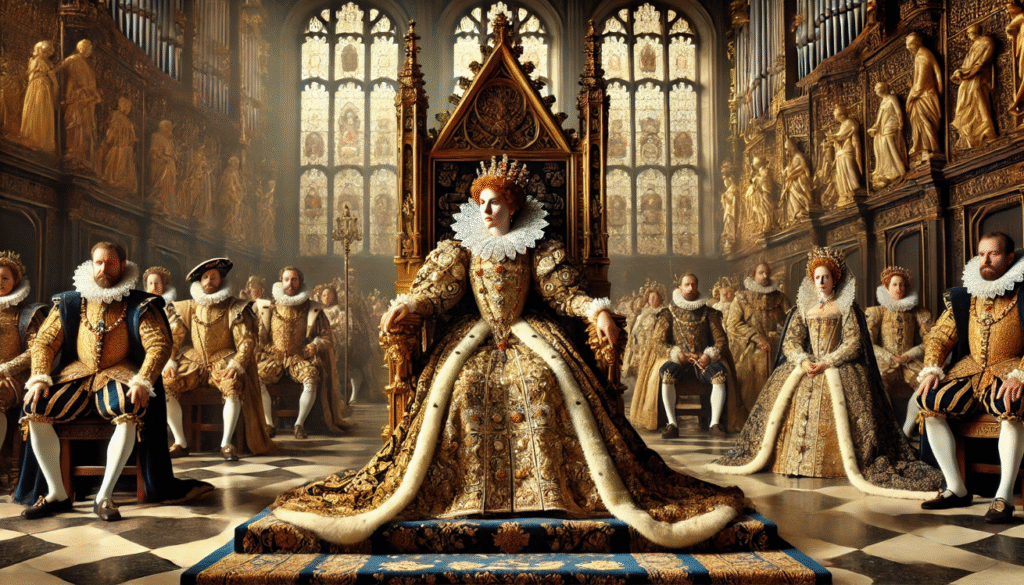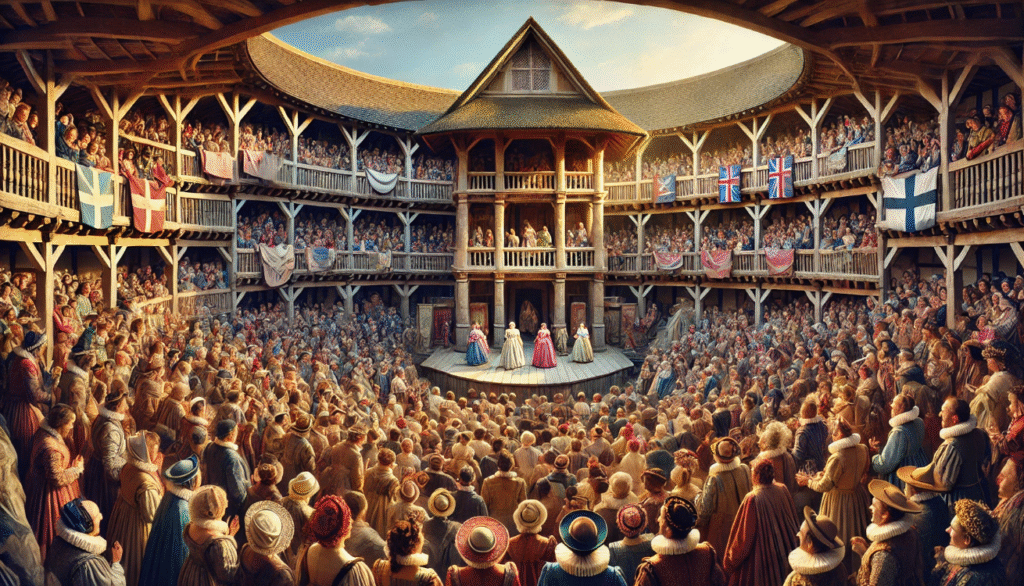 The Elizabethan attitudes towards theatre which lasted from 1558 to 1603, was a time of great cultural and artistic flourishing in England. It was during this period that the Renaissance was in full swing, and the arts, including theatre, were thriving. The Elizabethan attitudes towards theatre is particularly significant in the history of theatre because it saw the rise of the professional theatre and the establishment of permanent playhouses in London, such as the Globe Theatre. Understanding Elizabethan attitudes towards theatre is crucial in order to appreciate the influence they had on the Renaissance stage. The Elizabethans were passionate about theatre, and it was a popular and integral part of their social and cultural life.
The Elizabethan attitudes towards theatre which lasted from 1558 to 1603, was a time of great cultural and artistic flourishing in England. It was during this period that the Renaissance was in full swing, and the arts, including theatre, were thriving. The Elizabethan attitudes towards theatre is particularly significant in the history of theatre because it saw the rise of the professional theatre and the establishment of permanent playhouses in London, such as the Globe Theatre. Understanding Elizabethan attitudes towards theatre is crucial in order to appreciate the influence they had on the Renaissance stage. The Elizabethans were passionate about theatre, and it was a popular and integral part of their social and cultural life.
The article delves into the influence of societal, cultural, and political perspectives on the theatre during the Elizabethan era and its lasting impact. It examines how these factors shaped the themes, styles, and content of plays, and how these influences continued to resonate in theatre throughout history.
The Elizabethan Worldview and Society
The Role of Religion:
Christianity and the Church have had a significant influence on theatre throughout history. Religious beliefs have often impacted the content and themes of plays, as many early plays were written to convey religious messages and moral lessons. The Church also played a role in the development and regulation of theatrical performances, with some religious leaders expressing concern over the potentially immoral or sacrilegious content of certain plays. This conflict between secular and religious attitudes towards theatre has been a recurring theme throughout history, with some religious groups condemning certain theatrical practices while others embraced and utilized theatre as a means of spreading religious messages.
Social Hierarchy and Class Structure:
The role of theatre has long been shaped by social class distinctions, with different types of performances catering to the entertainment preferences of both the masses and the elite. Historically, the elite often attended more exclusive and refined theatrical events, such as operas and ballets, while the common people enjoyed more accessible and entertaining forms of theatre, such as comedies and variety shows. Social class distinctions influenced not only who attended plays, but also what types of performances were deemed acceptable. For example, the elite often preferred more sophisticated and culturally significant plays, while the masses enjoyed lighthearted and relatable performances that provided an escape from their everyday lives.
The Rise of the Public Theatre and Its Impact
The Growth of Theatres like The Globe:

Public playhouses, also known as theatres, were a significant development in the entertainment industry during the Renaissance period. These venues provided a space for both the nobility and the commoners to come together and enjoy theatrical performances, creating a new form of mass entertainment. The construction of public playhouses was a reflection of the growing popularity of theatre as a form of entertainment. These venues were designed to accommodate a large audience, with tiered seating arrangements that allowed for clear views of the stage from every angle. This enabled both the nobility and the commoners to come together and experience the same performances, creating a sense of community and shared entertainment. Public playhouses also played a significant role in the democratization of theatre.
The Popularization of Drama:

During the Elizabethan era, public theatre was a popular form of entertainment for people from all walks of life. The attitudes towards public theatre during this time were generally positive, as it offered an accessible and engaging form of entertainment for the masses. This led to an increased demand for dramatic works, as the public appetite for theatre grew. Playwrights like Shakespeare, Marlowe, and Jonson played a pivotal role in shaping this dramatic explosion. Their works were widely popular and often reflected the social and political issues of the time, resonating with the audience. Their skillful storytelling and compelling characters captivated the public and contributed to the increased demand for dramatic works.
Innovation in Theatre Architecture:
Theatres like The Globe were designed with a unique architectural layout to accommodate large audiences and enhance the theatrical experience. The open-air design of these theatres allowed for a communal atmosphere, with the audience surrounding the stage on all sides. This design not only allowed for a larger audience capacity, but also created a more immersive and participatory experience for theatergoers. The open-air setting also provided natural lighting and acoustics, enhancing the overall theatrical experience. The architecture of these theatres was carefully crafted to ensure that all members of the audience could fully engage with the performance, making it a truly memorable and engaging experience for all.
The Role of the Elizabethan Monarch and Government
Queen Elizabeth I’s Influence on the Arts:

Queen Elizabeth I’s support and patronage of the arts had a significant impact on the development of theatre during her reign. Her personal interest in drama and her influence on public attitudes towards theatre helped to elevate the status of theatrical productions. The Queen’s patronage led to increased funding for the arts, which allowed for the construction of purpose-built theatres and the professionalization of acting troupes. Additionally, her support for playwrights and poets encouraged the creation of new works that reflected the cultural and political climate of the time. Overall, Queen Elizabeth I’s support and patronage of the arts played a crucial role in the development of theatre during the Elizabethan era.
Censorship and Regulation of Plays:
Government regulation of theatre content and the role of the Master of Revels played a significant role in shaping the content and themes of plays during the early modern era in England. The Master of Revels was responsible for approving and censoring plays before they could be performed, and often worked closely with the government to ensure that plays did not contain content deemed subversive or offensive. Political censorship heavily influenced playwrights’ approaches to topics like monarchy, power, and religion. Playwrights had to be cautious about how they depicted these themes in their work, as criticism of the monarchy or religious authorities could lead to serious consequences, including imprisonment or even death.
The Evolution of Theatre Genres and Styles
Tragedy, Comedy, and History Plays:

Elizabethan theatre embraced and shaped classical genres like tragedy, comedy, and history plays by focusing on the thematic elements of human experience, morality, and social order. Tragedies explored the consequences of human actions and the struggle for power, while comedies often depicted the complexities of love, relationships, and societal norms. History plays delved into the political and social dynamics of the time, reflecting the struggles for power and the consequences of leadership. This thematic focus allowed Elizabethan theatre to not only embrace classical genres but also to shape them into enduring and influential forms of drama.
Innovation in Language and Structure:
The development of language and poetic forms in Elizabethan drama was a significant aspect of the era’s cultural and artistic evolution. Playwrights such as William Shakespeare and Christopher Marlowe utilized a range of poetic techniques, including iambic pentameter and elaborate metaphors, to craft their works. Soliloquies, monologues, and complex characters played a crucial role in shaping the dramatic landscape of the time. These literary devices allowed for introspection and emotional depth, giving audiences a deeper understanding of the characters’ motivations and inner turmoil. The focus on language in Elizabethan drama reflected the changing attitudes towards intellectual and emotional expression in society.
Gender and Social Issues in Elizabethan Theatre
The Role of Women in Elizabethan Theatre:

During the time when women were banned from performing on stage, male actors would often take on female roles in theatre. This practice had a significant societal impact and played a role in shaping gender dynamics in the theatre world. It not only limited opportunities for women in the performing arts, but it also influenced the way gender roles were portrayed on stage. The exclusion of women from performing reinforced traditional gender norms and stereotypes, as male actors would often exaggerate feminine traits and behaviors in their portrayals of female characters. This historical practice provides insight into the complex relationship between gender and performance in the theatre, and serves as a reminder of the progress that has been made in promoting gender equality in the arts.
Reflection of Social Issues in Plays:

The exploration of power, class, and morality in plays has been a longstanding tradition in theatre. From the works of Shakespeare to modern playwrights, theatre has been a tool for reflecting and critiquing contemporary social problems. Through the use of characters, dialogue, and dramatic conflict, playwrights have been able to challenge the status quo and provoke thought and discussion about issues such as class division and gender inequality. By presenting these issues on stage, theatre has the power to engage audiences in a meaningful and thought-provoking way, ultimately contributing to the ongoing dialogue about social change and progress.
Lasting Impact of Elizabethan Attitudes on Theatre

The traditions, structures, and attitudes of Elizabethan theatre had a significant impact on the development of theatre in later periods, including the Restoration and beyond. The use of elaborate stage designs, the incorporation of music and special effects, and the focus on complex characters and intricate plots all became enduring features of theatrical productions. B. The legacy of Elizabethan drama, particularly the works of playwrights like Shakespeare, continues to be highly relevant in modern performance. Their timeless themes, compelling characters, and enduring appeal have ensured their continued popularity in the world of theatre.
The article discusses how Elizabethan attitudes towards theatre played a significant role in shaping the Renaissance stage. It highlights how the popularity of theatre during this time was influenced by the support of Queen Elizabeth I and the public’s growing interest in the arts. Additionally, the article explores how the period’s focus on humanism and individualism contributed to the development of more complex and diverse theatrical productions. The lasting cultural and social impact of the Elizabethan era on the world of theatre is undeniable. The period saw the rise of iconic playwrights such as William Shakespeare, Christopher Marlowe, and Ben Jonson, whose works continue to be celebrated and performed today.

